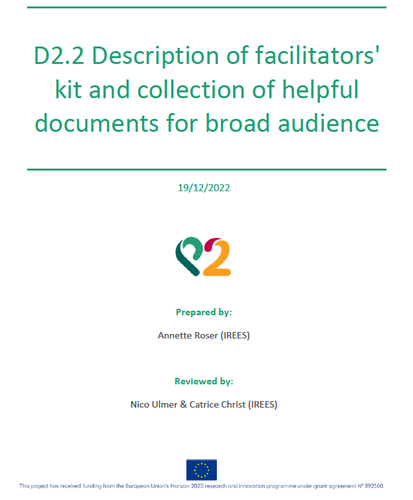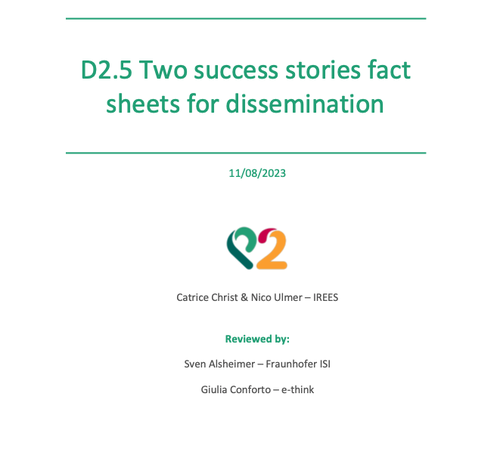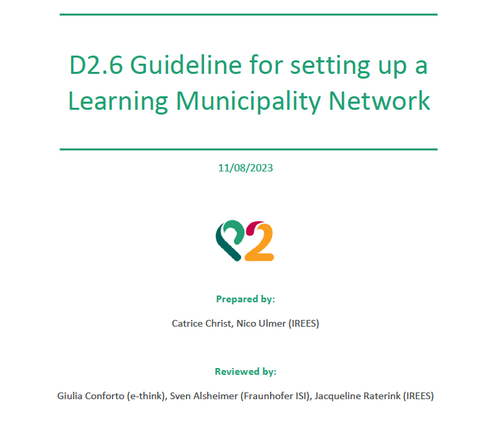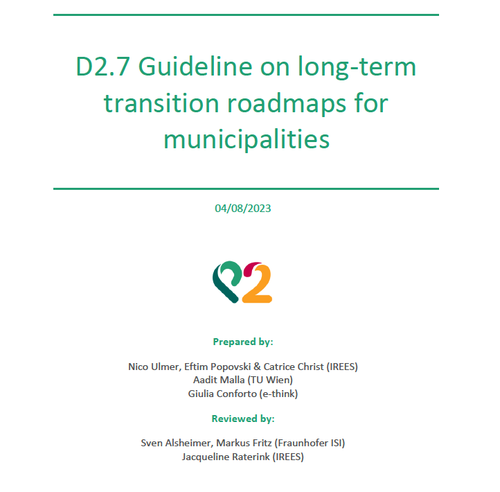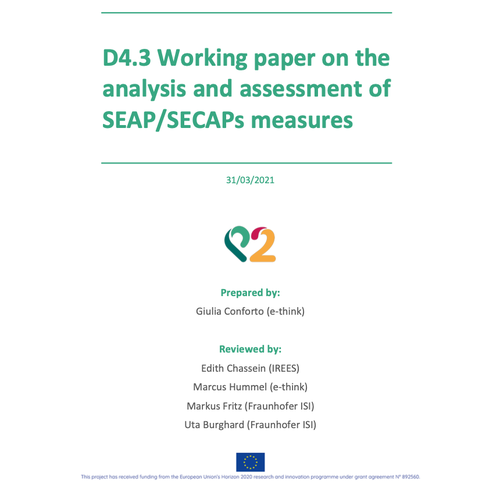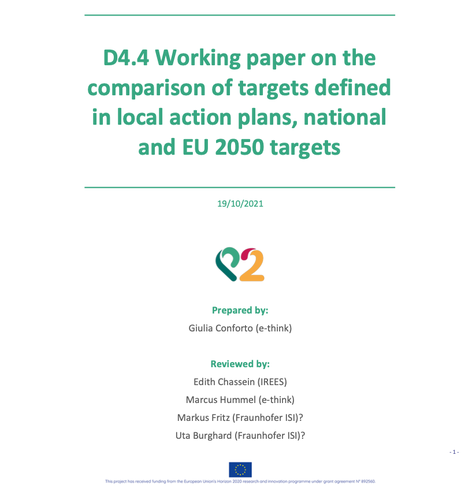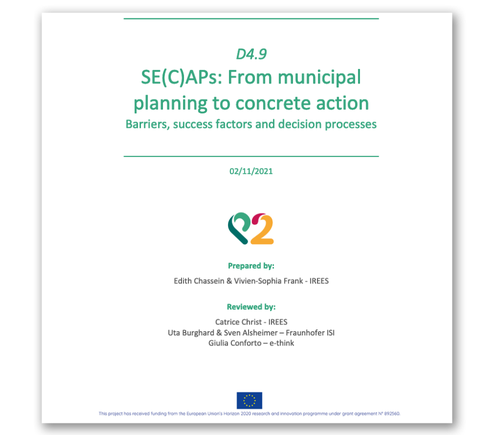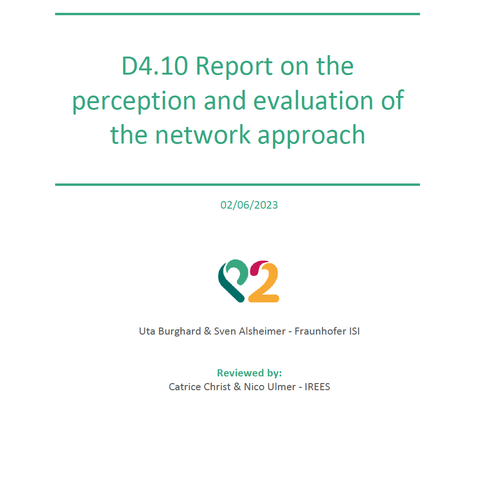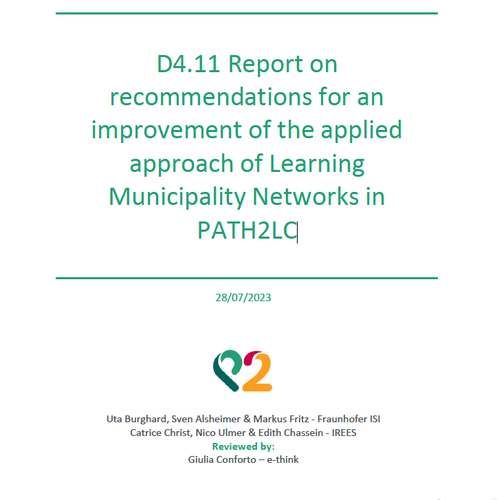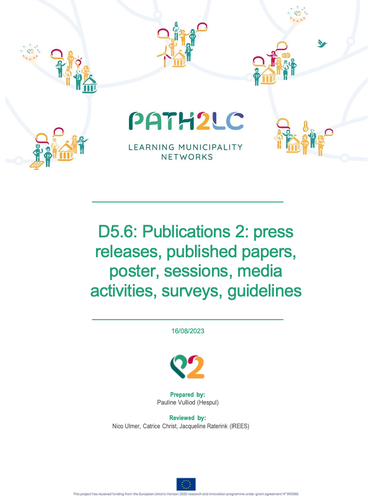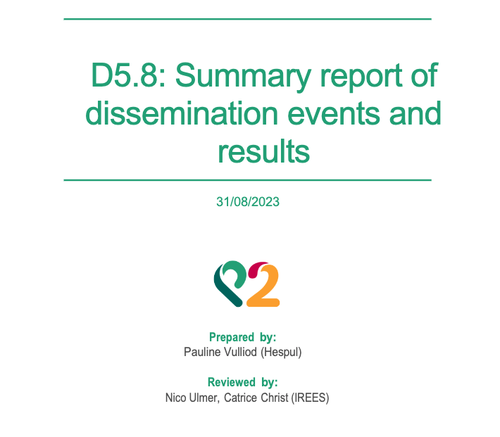THE PROJECT
In the PATH2LC project public authorities are working together within the framework of a holistic network approach (so called learning municipality networks) with the aim to achieve low-carbon municipalities.
The core of the project activities are the SE(C)APs - Sustainable Energy (and Climate) Action Plans or similar climate protection plans developed by the municipalities. The PATH2LC project will foster exchange of existing knowledge and experiences among municipalities, enhance coordination among different administrative bodies within the municipalities, improve cooperation with local stakeholders and civil society and will equip stakeholders in public authorities with required planning and monitoring tools to develop and implement transition roadmaps for achieving the targets set in the SE(C)APs.
The holistic network approach intends to link stakeholders in public authorities among municipalities enabling peer-to-peer learning and to increase the engagement for the energy and climate transition. Policy makers and public authorities at local level are supported with scientific analysis and expertise in order to understand and implement their SE(C)AP measures. Five existing networks of municipalities in Italy, Greece, Portugal, the Netherlands and France are participating in the project.
A special interest of the project is to invite other municipalities to replicate the learning municipality network approach and take advantage of the knowledge base collected in the project.
METHODOLOGY

DELIVERABLES
D2.2
Description of facilitators' kit and collection of helpful documents for broad audience
This paper presents one core aspect of the Learning Network approach: network meetings. These meetings allow close cooperation in a regular and well organised manner and facilitate a lively exchange between the cities and municipalities. However, in order to reach maximum success, this exchange needs to be organized and moderated. For this purpose, the facilitation kit developed during the elaboration of the network methodology for energy efficiency networks for companies has been adapted to the target group of the municipalities. This document describes the core elements of the facilitation kit to grant access to the knowledge of network facilitation, to give network operators a handout and thereby supports the facilitation of network activities.
Prepared by: Annette Roser (IREES)
D2.5
Two success stories
By leveraging the power of collaboration, knowledge-sharing, and innovation, the project has given rise to two success stories that give insights into some of the potential benefits of participating in a learning network. These success stories demonstrate the potentially transformative power of the learning network approach in addressing complex challenges and shaping a sustainable future. In the following, two success stories by the French network (coordinated by ALTE69), as well as the Greek network (coordinated by SCN), are presented.
Prepared by Catrice Christ & Nico Ulmer – IREES; Reviewed by: Sven Alsheimer – Fraunhofer ISI, Giulia Conforto – e-think
D2.6
Guideline for setting up a Learning Municipality Network
The methodology of the Learning Municipality Networks follows a specific concept that addresses challenges via facilitation of meetings, target setting and commitment, social control processes and mutual motivation. The core piece in these networks is a close cooperation through regular, well-organised and facilitated meetings. Twice a year, the participating municipalities meet to report on their activities in the chosen fields, exchange on their experiences and their plans. This document serves as a guideline to support you in setting up your Learning Municipality Network.
Prepared by: Catrice Christ, Nico Ulmer (IREES), Reviewed by: Giulia Conforto (e-think), Sven Alsheimer (Fraunhofer ISI), Jacqueline Raterink (IREES)
D2.7
Guideline on long-term transition roadmaps for municipalities
Energy transition roadmaps for municipalities are an important tool for local governments to combat climate change and promote sustainability in their communities. Energy transition roadmaps for municipalities are comprehensive plans that outline the steps that a local government will take to transition from traditional energy sources to renewable and sustainable energy sources. These roadmaps typically include goals, timelines, and specific actions that the municipality will take to reduce its carbon footprint and become more environmentally friendly. This document serves as a guideline to support you in setting up your energy transition roadmap.
Prepared by: Nico Ulmer, Eftim Popovski & Catrice Christ (IREES) Aadit Malla (TU Wien) Giulia Conforto (e-think); Reviewed by: Sven Alsheimer, Markus Fritz (Fraunhofer ISI), Jacqueline Raterink (IREES)
D4.3
Working paper on the analysis and assessment of SEAP/SECAPs measures
This paper reports the outcome of the analysis of the municipalities participating in PATH2LC and their Sustainable Energy (and Climate) Action Plans (SEAP/SECAPs). The analysis is structured in two main parts: first municipalities as assessed and compared against relevant structural and energy parameters to provide an overview of the municipalities’ ability and pressure to act regarding climate change and local air pollution.
Then the measures described in their SEAP/SECAPs are collected and classified by number and type of measures, areas of intervention (municipal, tertiary and residential buildings and equipment/facilities, public lighting, industry, transport, local electricity and heat/cold production, other), and targets for final energy consumption, energy supply, GHG and CO2 emissions.
Prepared by: Giulia Conforto (e-think)
D4.4
Working paper on the comparison of targets defined in local action plans, national and EU 2050 targets
In this second part of the assessment, existing Sustainable Energy (and Climate) Action Plans (SEAP/SECAPs) are analysed regarding the targets defined and their relation to overall national and European 2030 and 2050 targets. Targets for emissions, renewable energy and energy efficiency are identified and collected in the available plans, then an harmonization formula is applied to make them harmonized by reference year, target year and unit of measure. Targets made comparable among themselves and with national and European targets, broken down to the municipality level, are eventually assessed.
Prepared by: Giulia Conforto (e-think)
D4.9
SE(C)Aps: From municipal planning to concrete action
There is not only the possibility of different transition pathways but maybe also the need for them. Historically developed ways of finding solutions should be taken into account. In the end the most important thing is that actions happen. This does not mean that measures should be planned without thinking about consequences, but the fear of negative consequences should not prevent implementation.
Prepared by: Edith Chassein & Vivien-Sophia Frank - IREES
D4.10
Report on the perception and evaluation of the network approach
In this deliverable, the perception of the network approach by the network operators and the participating municipalities is analysed. We investigated if participating in the network had an influence on the implementation of SE(C)AP measures in the municipalities. Based on this, recommendations for a continuous improvement of the Learning Network (LMN) approach are developed. The LMN was evaluated positively, meaning the approach was perceived as beneficial and useful by the network operators as well as the municipalities.
Prepared by: Uta Burghard & Sven Alsheimer - Fraunhofer ISI
D4.11
Report on recommendations for an improvement of the applied approach of Learning Municipality Networks in PATH2LC
In this deliverable, recommendations and guidelines for an improvement of the applied approach of Learning Municipality Network in PATH2LC are derived. Therefore, the results of the scientific accompanying research in PATH2LC as part of work package 4 are consolidated and recommendations for a future design of the LMN approach are developed. The results of the socio-scientifc evaluation show that the LMN approach was perceived as useful and beneficial for the municipalities. Perceived benefits were the exchanges and collaboration with other municipalities. However, some barriers to participating in the LMN approach, such as lack of time and resources, were stated.
Prepared by: Uta Burghard, Sven Alsheimer & Markus Fritz - Fraunhofer ISI Catrice Christ, Nico Ulmer & Edith Chassein – IREES, Reviewed by: Giulia Conforto – e-think
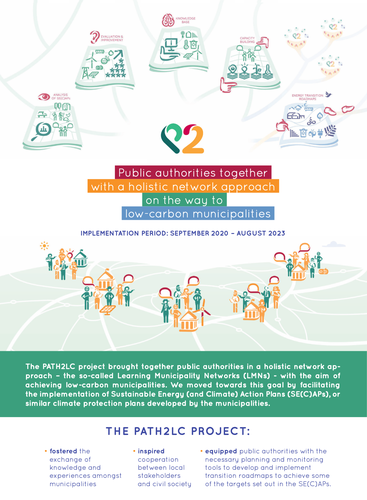
D5.3
The PATH2LC leaflet - A dissemination tool available in 4 languages
In order to communicate effectively about the PATH2LC project, Hespul -together with IREES and local partners- has developed a leaflet that introduces the project, its approach, its results, its lessons learnt, its success stories and its partners.
The leaflet is available:
D5.6
Publications 2: press releases, published papers, poster sessions, media activities, surveys, guidelines
The communication strategy of the PATH2LC project relied on creating and promoting tools and contents. These tools included publications to increase the awareness about the project, its results and upcoming events.
The aim of the present deliverable is to account for all articles, poster sessions, media activities, surveys and guidelines published to share our insights, milestones and results of the project.
Prepared by: Pauline Vulliod - Hespul. Reviewed by : Nico Ulmer and Catrice Christ, IREES
D5.8
Summary report of dissemination events and results
The communication strategy is based on the planning and holding of events, conferences, webinars and training sessions.
These dissemination activities aimed to increase awareness about the project, its results and to encourage other municipalities to replicate the holistic network approach.
The aim of the present deliverable is to report on such events.
Prepared by: Pauline Vulliod - Hespul. Reviewed by : Nico Ulmer and Catrice Christ, IREES


